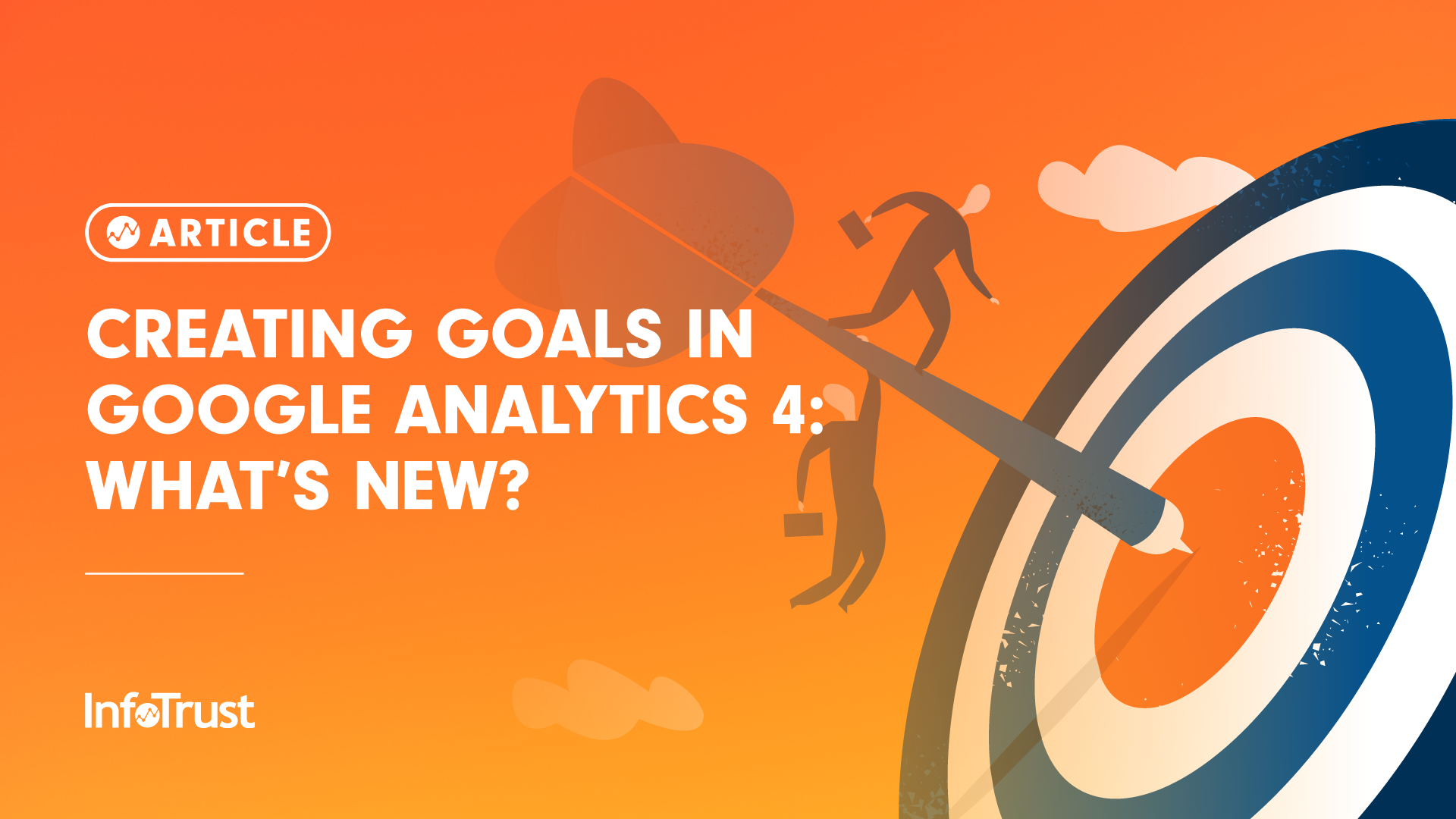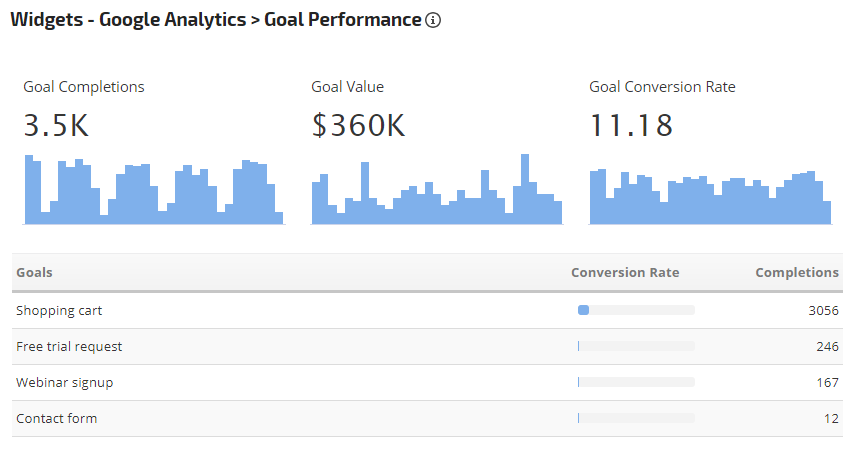Discover What Data Is Google Analytics Goals Unable to Track
Discover What Data Is Google Analytics Goals Unable to Track
Blog Article
Debunking Google Analytics Limitations: Reveal What Information Goals Can not Track
In the realm of electronic analytics, Google Analytics stands as an effective tool that gives important understandings into internet site performance and customer actions. Among its capabilities, there exist constraints that commonly go undetected. Comprehending what Google Analytics can not track is essential for a thorough understanding of information analysis and decision-making processes. From the details of customer interaction with vibrant material to the complexities of cross-device individual trips, these restrictions clarified areas that might continue to be covered from standard analytics point of views. By unraveling these restraints, a clearer image emerges, enabling more enlightened strategies and refined understandings into individual engagement and conversions.

Individual Interaction With Dynamic Content
Customer communication with dynamic content plays an essential role in understanding individual habits on web sites and maximizing the general user experience. Dynamic content describes elements on a webpage that can transform without the demand for a complete page reload. This consists of interactive components such as pop-ups, sliders, forms, and videos that react to user actions in real-time. By tracking customer interactions with dynamic web content, internet site owners can gain important understandings into customer interaction, preferences, and habits.
Google Analytics offers different devices to track customer interactions with dynamic web content, such as occasion monitoring and digital pageviews. Event monitoring permits you to keep track of details customer activities, like clicking a button or watching a video clip, supplying data on exactly how users connect with dynamic elements.
Cross-Device Individual Journeys
How can modern-day analytics devices track the complex courses individuals take across multiple gadgets in their on-line trips? Cross-device customer journeys provide a significant obstacle for monitoring and analyzing customer habits precisely. As individuals communicate with websites or apps making use of various devices such as desktop computers, smartphones, and tablet computers, it comes to be vital to understand how they relocate between these platforms to enhance user experience successfully.
Google Analytics faces restrictions in tracking cross-device customer journeys as a result of personal privacy worries and technical constraints - what data is google analytics goals unable to track. While it can give insights into private tools' communications, tracking a smooth user journey across numerous devices remains a difficulty. This restriction can lead to insufficient information and fragmented individual insights, making it difficult for organizations to develop a unified view of the customer journey
To address this problem, businesses can make use of sophisticated analytics devices that offer cross-device monitoring capacities, permitting them to obtain a much more alternative understanding of individual habits. By leveraging these devices, businesses can link the space in tracking cross-device customer trips and optimize their digital techniques for a smooth individual experience.
Offline Conversions and Acknowledgment
As companies browse the difficulties of tracking cross-device individual trips, one more essential element to take into consideration is the world of offline conversions and acknowledgment in the realm of information analytics. While Google Analytics offers valuable understandings into on the internet customer behavior, it fails when it concerns tracking conversions that occur offline. This restriction poses a considerable obstacle for organizations that have both online and offline sales networks.
Offline conversions, such as acquisitions made in physical shops or with phone call centers, are necessary to recognizing the total consumer journey. Without the ability to attribute these offline conversions to specific online interactions, companies may struggle to properly gauge the effect of their digital advertising and marketing initiatives.
To resolve this void, organizations can explore alternate remedies such as incorporating CRM systems with on the internet analytics devices or using one-of-a-kind discount codes that can be mapped back to on-line projects. By bridging the void in between online and offline data, organizations can gain a more thorough understanding of their consumers' actions and improve their total advertising and marketing methods.
Person User Identification
In the world of data analytics, the ability to accurately identify private customers across different online touchpoints is an important obstacle for businesses seeking to personalize and enhance their advertising strategies. While Google Analytics gives important understandings right into customer habits and interactions, it falls short in making it possible for the identification of certain people due to privacy problems and technical constraints. Google Analytics utilizes special identifiers such as cookies to track individual sessions and actions, however these do not relate to recognizing specific customers in a personal feeling.

Information From Secure Pages
Regardless of the boosting prevalence of safe web pages on sites, acquiring data from these encrypted resources presents a special challenge for electronic analytics systems like Google Analytics. Secure pages, shown by HTTPS in the link, encrypt data exchanged in between the individual's browser and the site's web server Continue to guarantee privacy and security. While this file encryption is vital for securing delicate information, it additionally poses restrictions for tracking individual habits and event analytics data.
Google Analytics deals with barriers in gathering detailed info from protected web pages because of the file encryption methods in place. As a result, particular information factors such as referral sources, keyword searches, and also some individual communications may not be totally recorded when individuals access an internet site via a secure link. This restriction can affect the accuracy and completeness of the information evaluation, resulting in gaps in recognizing user behavior and preferences on safe web pages.
To navigate this challenge, electronic analysts might need to explore different monitoring techniques or leverage various other devices especially created to collect understandings from safe pages. By adapting approaches to accommodate these restrictions, services can still derive valuable analytics in spite of the restraints presented by encrypted links.
Final Thought
To conclude, Google Analytics has restrictions in tracking customer interaction with vibrant content, cross-device customer journeys, offline conversions, private customer recognition, and information from secure pages. These constraints hinder an extensive understanding of user actions and may result in spaces in information evaluation. Despite its important understandings, Google Analytics might not offer a complete image of individual interaction throughout numerous touchpoints. It is crucial for organizations to be familiar with these restrictions and think about supplemental tools for a much more alternative view of their information.
User communication with dynamic content plays a critical function in understanding individual habits on sites and enhancing the total customer experience. By tracking user interactions with vibrant web content, website owners can obtain important insights right into customer involvement, preferences, and habits.
Google Analytics uses one-of-a-kind identifiers such as cookies to track individual sessions and actions, but these do not correspond to recognizing individual customers in a personal sense.
As a result, certain information factors such as reference resources, keyword searches, and even some user interactions might not be completely captured when customers access an internet site through a secure connection.In verdict, Google Analytics has constraints anchor in tracking user interaction with dynamic web content, cross-device user journeys, offline conversions, specific customer recognition, and data from safe and secure web pages.
Report this page